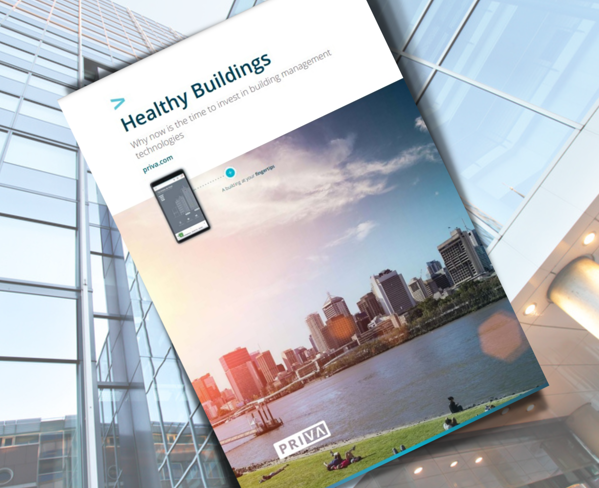For any organization looking to make improvements, the process of review should begin by looking at the essentials of a healthy building. In recent years these have been helpfully consolidated into the 9 Foundations of a Healthy Building by Dr Joseph Allen’s team at Harvard University: Air Quality, Dust & Pests, Lighting & Views, Moisture, Noise, Safety & Security, Thermal Health, Ventilation and Water Quality.
Taking action in all these areas might seem daunting. Fortunately, as the white paper shows, new technologies mean that it is now easier than ever to achieve – and maintain – a working environment that is supportive of the wellbeing of employees and visitors.
In the wake of a devastating respiratory virus, it’s to be expected that there will be a trend towards upgrading air-conditioning and filtration systems. More than ever, people will expect a robust and reliable supply of fresh air. But there are numerous other examples of wellness-related technologies that can make a real difference: from tuneable LED systems that aid concentration to programmable heating systems that ensure pleasant temperatures all year round.























